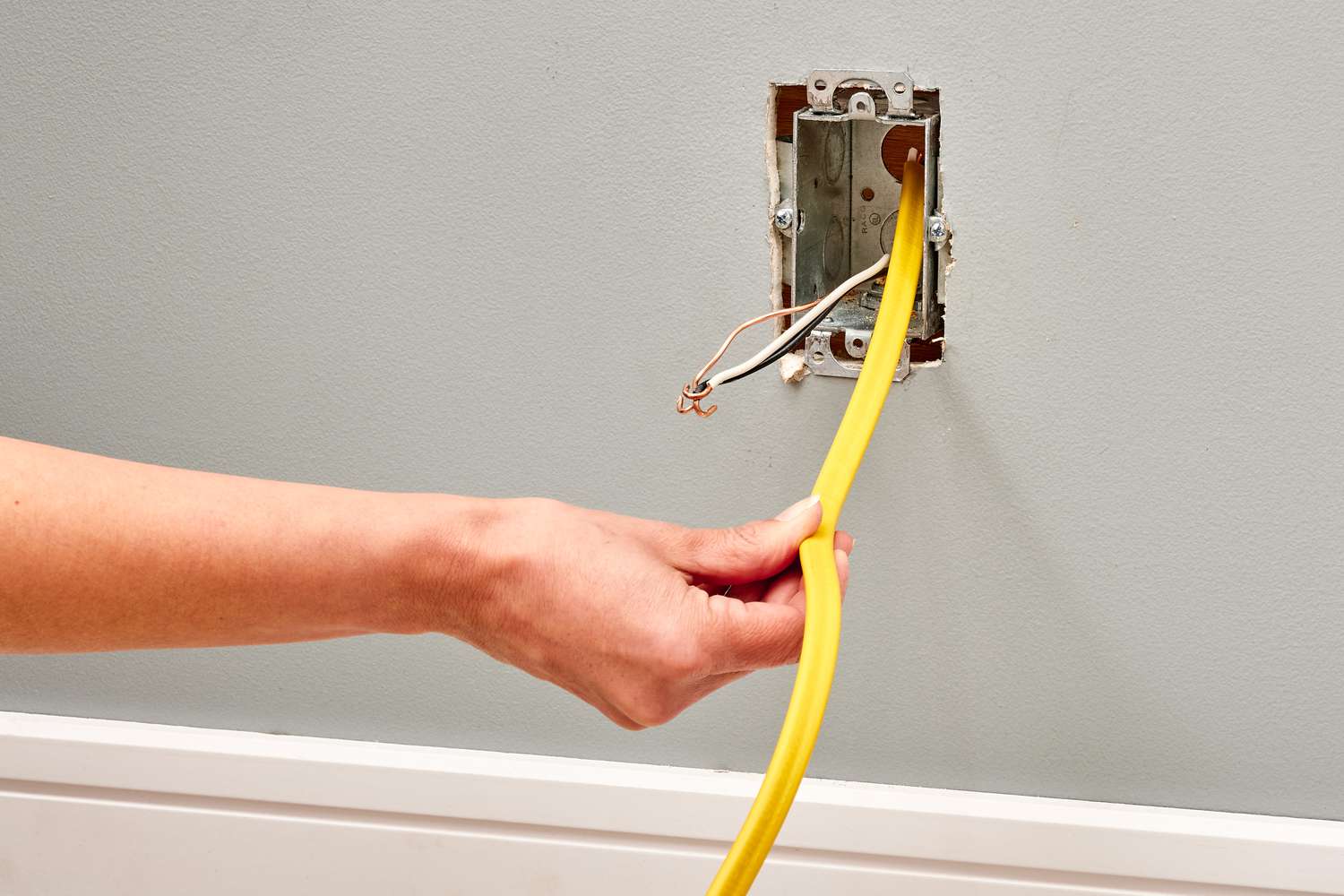

Articles
How To Extend Power Outdoors
Modified: January 22, 2024
Discover the best articles on how to extend power outdoors and never worry about running out of battery again. Learn essential tips and tricks for staying powered up in nature.
(Many of the links in this article redirect to a specific reviewed product. Your purchase of these products through affiliate links helps to generate commission for Storables.com, at no extra cost. Learn more)
Introduction
When it comes to outdoor power needs, having a reliable and safe power supply is crucial. Whether you’re hosting an outdoor event, working on a construction site, or simply enjoying your backyard, having access to electricity can make a big difference. This is where outdoor power extension cords come into play.
An outdoor power extension cord is specifically designed to provide power over longer distances, allowing you to bring electricity wherever you need it. They are essential for connecting outdoor electrical devices such as lights, tools, appliances, and speakers to a power source.
However, choosing the right outdoor power extension cord and understanding how to utilize it safely can be a challenge. In this article, we will explore important factors to consider when selecting an outdoor power extension cord and how to use it effectively.
From choosing the right cord to selecting an appropriate power source, ensuring safety measures, practicing proper maintenance, and understanding limitations, this article will provide you with a comprehensive guide to extending power outdoors.
So, whether you’re planning an outdoor gathering, tackling a landscaping project, or working on a construction site, read on to discover the knowledge you need to power up your outdoor space.
Key Takeaways:
- Choose the right outdoor power extension cord by considering length, gauge, weather resistance, insulation, and outlets. This ensures a safe and reliable power supply for your outdoor activities.
- Prioritize safety by using GFCIs, avoiding overloading, practicing proper cable management, inspecting for damages, keeping cords dry, and unplugging when not in use. These measures minimize the risk of electrical accidents and maintain a secure environment.
Read more: How To Extend Outdoor Water Spigot
Choosing the Right Outdoor Power Extension Cord
When selecting an outdoor power extension cord, there are several factors to consider to ensure you choose the right one for your specific needs. Here are some key points to keep in mind:
- Length: The length of the cord plays a significant role in determining its effectiveness. Consider the distance you need to cover from the power source to the devices you intend to connect. It’s important to choose a cord that is long enough to reach your desired location without excessive slack, as this can pose a tripping hazard.
- Gauge: The gauge refers to the thickness of the wires inside the cord. The lower the gauge number, the thicker the wires and the more electrical current the cord can handle. For shorter distances and lower-power devices, a higher gauge (such as 16 or 18) may suffice. However, for longer distances and higher-power devices, a lower gauge (such as 12 or 14) is recommended to minimize resistance and prevent overheating.
- Weather Resistance: Since outdoor power extension cords are exposed to the elements, it’s crucial to choose a cord that is weather-resistant. Look for cords with a waterproof or water-resistant rating to ensure they can withstand rain, snow, and other harsh conditions.
- Insulation: The insulation of the cord protects it from damage and helps reduce the risk of electrical shock. Look for cords with durable and heavy-duty insulation that can withstand wear and tear from outdoor use.
- Outlets and Connectors: Consider the types and number of outlets and connectors on the cord. Make sure they are compatible with the devices you plan to connect. Additionally, having multiple outlets can be convenient when you need to power multiple devices simultaneously.
By carefully considering these factors, you can choose an outdoor power extension cord that meets your specific requirements and ensures a safe and reliable power supply for your outdoor activities.
Selecting an Appropriate Power Source
When extending power outdoors, it’s crucial to select an appropriate power source to ensure the safe and efficient operation of your outdoor electrical devices. Here are some important considerations when choosing a power source:
- Power Capacity: Determine the power capacity of the electrical devices you plan to connect. This includes understanding the voltage requirements and wattage of each device. Ensure that the power source you choose can handle the combined power needs of all the devices without overloading.
- Outdoor Outlets: If you have access to outdoor outlets, they can be a convenient and safe power source. Make sure the outlets are properly grounded and protected with weatherproof covers to prevent water intrusion. Additionally, check the amp rating of the outlets to ensure they can handle the power load of your devices.
- Generators: In situations where there are no accessible outdoor outlets or when you require a higher power capacity, a generator can be a viable option. Select a generator with the appropriate wattage and voltage capabilities based on your device requirements. Ensure that the generator is placed in a well-ventilated area and follow all safety guidelines provided by the manufacturer.
- Solar Power: Harnessing solar power for your outdoor electrical needs is an eco-friendly and sustainable option. Consider installing solar panels that can generate enough electricity to power your devices. Solar power is particularly beneficial in remote outdoor areas where access to traditional power sources may be limited.
- Battery Power: Battery-powered devices and rechargeable batteries can serve as a convenient power source for outdoor activities. From portable power banks to rechargeable batteries for lights and speakers, utilizing battery power can provide flexibility and mobility without the need for a continuous external power supply.
Ultimately, selecting an appropriate power source depends on the specific requirements of your outdoor activities. Evaluate your power needs, consider the available options, and choose the power source that best meets your needs in terms of capacity, convenience, and safety.
Ensuring Safety Measures for Outdoor Power Extension
Extending power outdoors comes with inherent risks, but by following proper safety measures, you can minimize the chances of accidents and ensure a safe environment. Here are some crucial safety precautions to consider:
- Ground Fault Circuit Interrupters (GFCIs): GFCIs are designed to protect against electrical shock and are essential for outdoor power extension. Make sure to use extension cords, outlets, or power sources equipped with built-in GFCIs. These devices quickly shut off the power if they detect a ground fault, preventing electric shock.
- Avoid Overloading: Overloading an extension cord or power source can lead to overheating and potential fire hazards. Be mindful of the power capacity of the extension cord and the power source you are using. Do not exceed the recommended wattage and amperage to prevent overloading.
- Proper Cable Management: Keep outdoor extension cords organized and prevent tripping hazards by using cable management solutions such as cord covers or cable ramps. Secure the cords to walls, fences, or other structures to minimize the risk of accidental disconnection or damage.
- Inspect for Damages: Before each use, carefully inspect the outdoor power extension cords, outlets, and connectors for any signs of damage such as frayed wires, exposed conductors, or loose connections. Do not use any damaged cords or equipment, as they may pose a safety hazard. Replace or repair them as necessary.
- Keep Cords Dry: Moisture can increase the risk of electrical shock. Ensure that outdoor power extension cords and connections are kept dry at all times. Use weatherproof covers and enclosures to protect the outlets and connectors from rain, snow, or other water sources.
- Avoid Pinching or Crushing: Be cautious not to pinch or crush the extension cords, as this can damage the wires and insulation, leading to electrical failure or shock. Keep cords away from heavy machinery, vehicles, or any equipment that may cause undue pressure.
- Unplug when Not in Use: When you’re finished using the outdoor power extension cords, appliances, or devices, remember to unplug them from the power source. This prevents unnecessary energy consumption and reduces the risk of electrical hazards.
By adhering to these safety measures, you can ensure a secure and hazard-free environment while extending power outdoors. Always prioritize safety and stay vigilant to protect yourself and others from potential electrical accidents.
When extending power outdoors, use weatherproof extension cords and outlets to protect against moisture and ensure safety. Make sure all connections are secure and protected from the elements.
Proper Maintenance and Storage of Outdoor Power Cords
Maintaining and storing your outdoor power cords properly is essential to ensure their longevity, safety, and optimal performance. Here are some important tips for proper maintenance and storage:
- Regular Cleaning: Keep your outdoor power cords clean to prevent dirt, debris, and moisture buildup. Use a damp cloth or sponge to wipe down the cords regularly. Avoid using harsh chemicals or abrasive materials that could damage the cord’s insulation.
- Avoid Knots and Tangles: When not in use, make sure to coil the extension cords properly to prevent knots and tangles. This not only makes it easier to handle and deploy the cord when needed, but it also helps prevent damage to the wires and insulation.
- Avoid Extreme Temperatures: Extreme temperatures, both hot and cold, can affect the durability and performance of the outdoor power cords. Avoid exposing them to direct sunlight, as prolonged exposure to UV rays can degrade the materials. Similarly, avoid storing them in freezing temperatures or exposing them to excessive heat, which can cause the cords to become brittle or lose flexibility.
- Store in a Dry Location: After each use, ensure that the outdoor power cords are completely dry before storing them. Moisture trapped in the cords can lead to corrosion and damage over time. Store them in a cool, dry location away from any potential water sources.
- Protect from Physical Damage: To maintain the integrity of your outdoor power cords, protect them from potential physical damage. Avoid placing heavy objects on top of the cords, stepping on them, or running them over with vehicles. Store them away from sharp objects or rough surfaces that could potentially puncture or cut the insulation.
- Inspect Cords Regularly: Routinely inspect your outdoor power cords for any signs of wear and tear or damage. Look for frayed wires, exposed conductors, or loose connections. If you notice any issues, replace or repair the cord immediately to prevent potential hazards.
- Organize and Label: Keep your outdoor power cords organized by using cord management solutions such as cord reels, cable ties, or storage bags. Additionally, label each cord with its length and intended purpose to quickly identify the cord you need when deploying them in the future.
By following these maintenance and storage practices, you can extend the lifespan of your outdoor power cords, reduce the risk of accidents, and ensure their reliable performance whenever you need to power up your outdoor activities.
Understanding the Limitations of Outdoor Power Extension
While outdoor power extension cords provide convenience and flexibility, it’s important to be aware of their limitations to ensure a safe and efficient electrical setup. Here are some key limitations to keep in mind:
- Distance Restrictions: Outdoor power extension cords have limitations on the distance they can effectively transmit power. As the length of the cord increases, the voltage drop becomes more significant, resulting in a decrease in power delivery. Therefore, it’s crucial to choose the appropriate gauge and length of the cord based on the distance you need to cover and the power requirements of your devices.
- Power Capacity: Each outdoor power extension cord has a maximum wattage and amperage rating. Exceeding this capacity can lead to overheating, power loss, and potential fire hazards. It’s important to calculate the combined power requirements of all devices and ensure they do not exceed the capacity of the extension cord or power source being used.
- Environmental Conditions: While outdoor power extension cords are designed to handle outdoor conditions, extreme weather conditions such as heavy rain, extreme heat, or freezing temperatures can affect their performance and safety. Take appropriate precautions to protect the cords from direct exposure to harsh weather, and always use weather-resistant cords when necessary.
- Limited Durability: Outdoor power extension cords are subject to wear and tear over time, especially when exposed to outdoor elements and frequent use. The insulation may degrade, the wires may become frayed, or the connectors may wear out. It’s crucial to inspect the cords regularly and replace them if any signs of damage or deterioration are observed.
- Compatibility: Not all devices or appliances are suitable for outdoor power extension. Some electrical devices, especially those with higher power demands, may require a direct connection to a power source or a specialized outdoor power outlet. Always check the manufacturer’s guidelines and requirements before using an extension cord for specific devices.
- Safety Considerations: Although outdoor power extension cords are designed with safety features, it’s essential to take additional precautions. Ensure that all connections are secure, avoid running extension cords across walkways or where they can be easily damaged, and never overload the cords or use them in wet conditions without proper protection.
By understanding the limitations of outdoor power extension cords, you can make informed decisions, mitigate potential risks, and create a safe and efficient electrical setup for your outdoor activities.
Conclusion
Extending power outdoors opens up a world of possibilities for various activities, from hosting outdoor events to working on construction projects. By choosing the right outdoor power extension cord, selecting an appropriate power source, ensuring safety measures, practicing proper maintenance, and understanding the limitations, you can create a reliable and safe power supply for your outdoor needs.
When choosing an outdoor power extension cord, consider factors such as length, gauge, weather resistance, insulation, and the type of outlets and connectors. These considerations will help you determine the right cord for your specific requirements. Additionally, select a power source that can handle the power capacity of your electrical devices, whether it’s an outdoor outlet, generator, solar power, or battery power.
To ensure the safety of your outdoor power extension, utilize ground fault circuit interrupters (GFCIs), avoid overloading, practice proper cable management, inspect cords for damages, keep cords dry, and unplug when not in use. These safety measures are essential for preventing electrical accidents and maintaining a secure environment.
Proper maintenance and storage of outdoor power cords are equally important. Clean the cords regularly, avoid knots and tangles, protect them from extreme temperatures and physical damage, and inspect them for any signs of wear and tear. By following these maintenance practices, you can prolong the lifespan of your cords and ensure their optimal performance.
However, it’s crucial to understand the limitations of outdoor power extension. Consider the distance restrictions, power capacity, environmental conditions, durability, compatibility, and additional safety considerations. Being aware of these limitations enables you to make informed decisions and avoid potential risks.
In conclusion, extending power outdoors requires careful consideration and adherence to safety guidelines and maintenance practices. By doing so, you can create a reliable and efficient power supply for your outdoor activities, ensuring a safe environment for you, your guests, or your team. So, power up and enjoy the freedom of taking electricity wherever you go!
Frequently Asked Questions about How To Extend Power Outdoors
Was this page helpful?
At Storables.com, we guarantee accurate and reliable information. Our content, validated by Expert Board Contributors, is crafted following stringent Editorial Policies. We're committed to providing you with well-researched, expert-backed insights for all your informational needs.
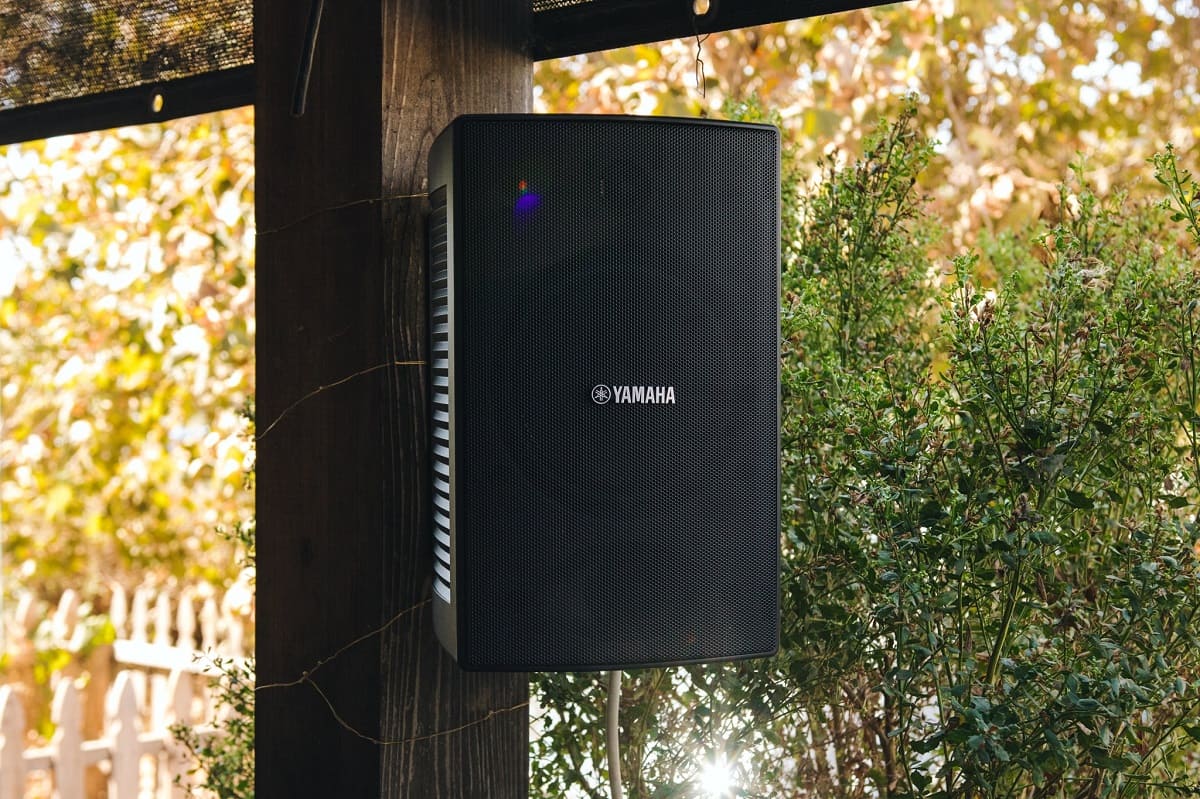
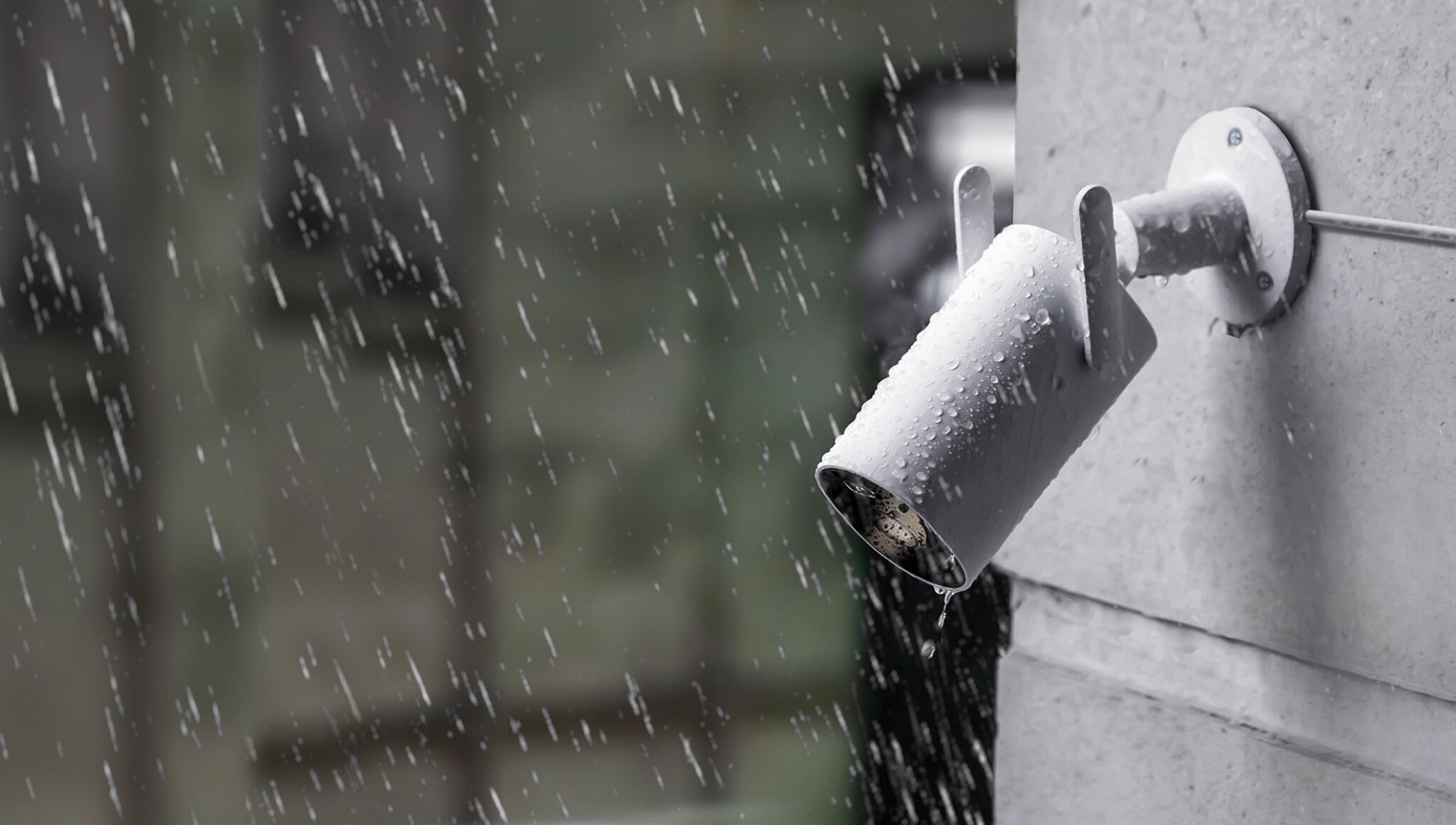
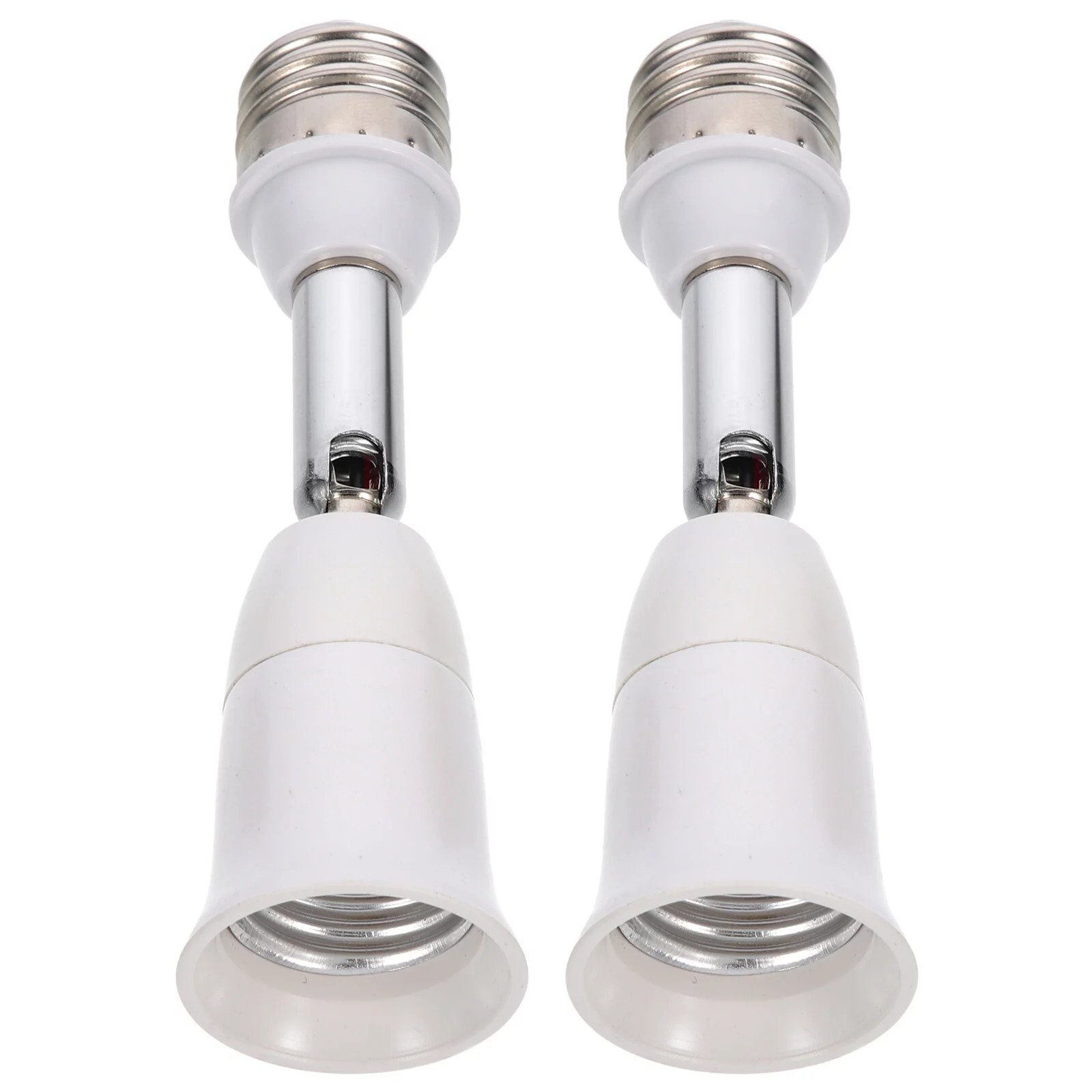
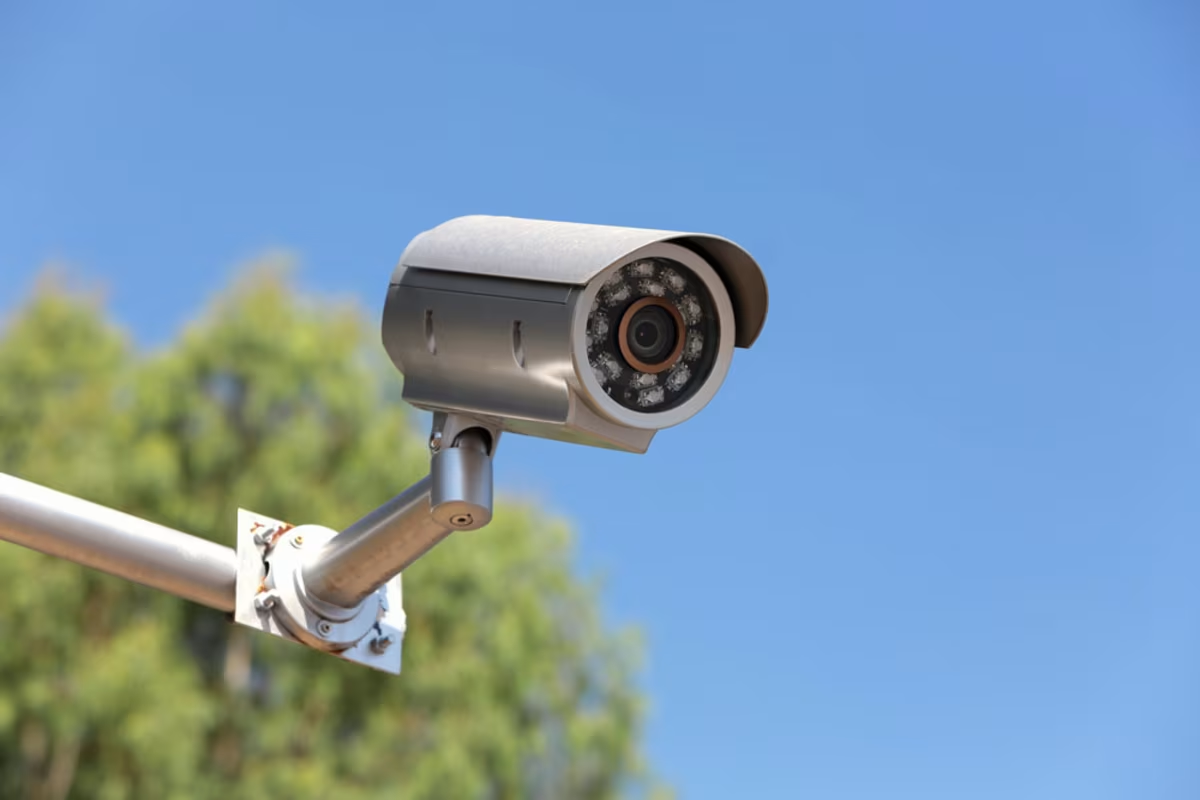
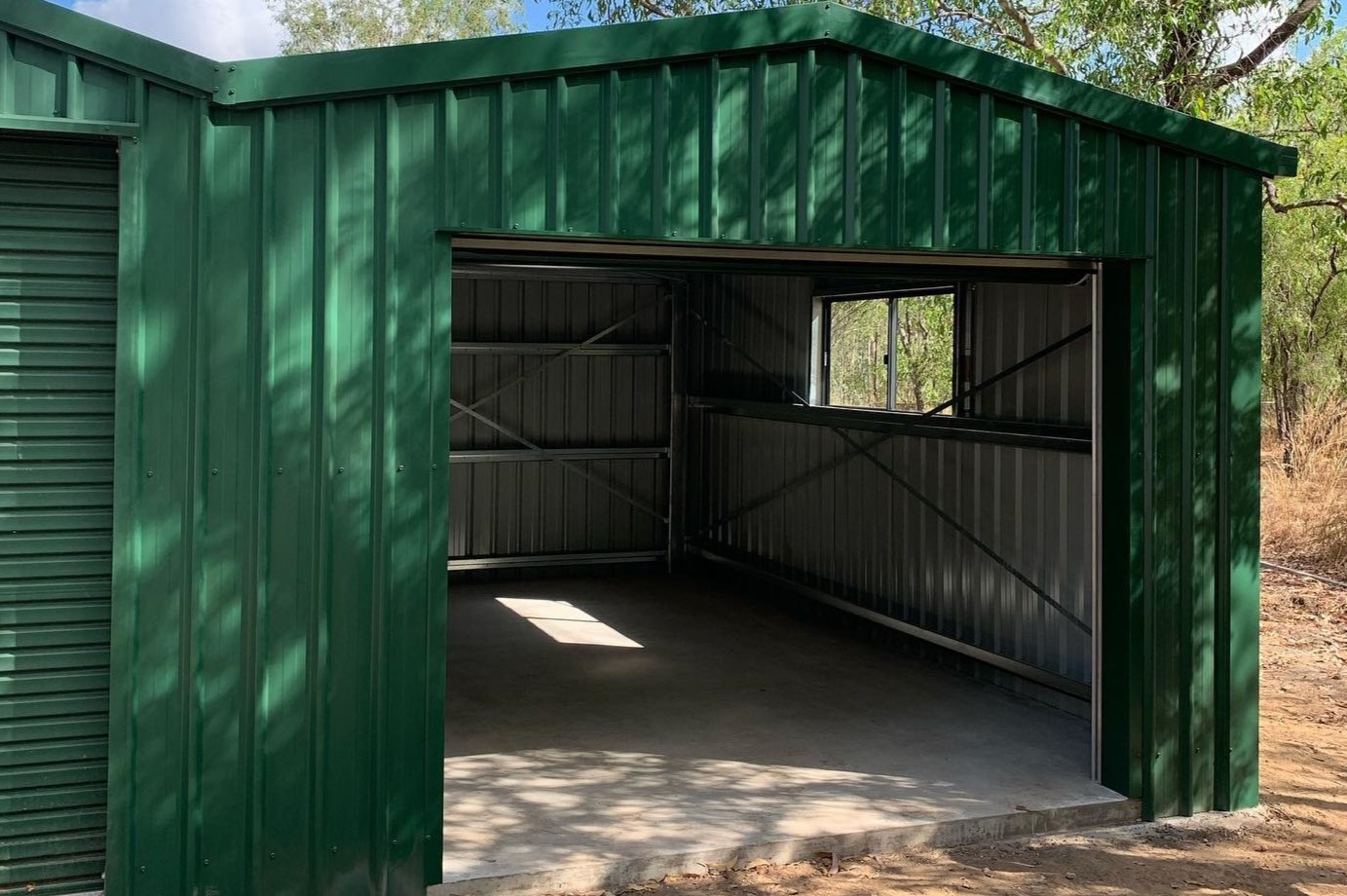

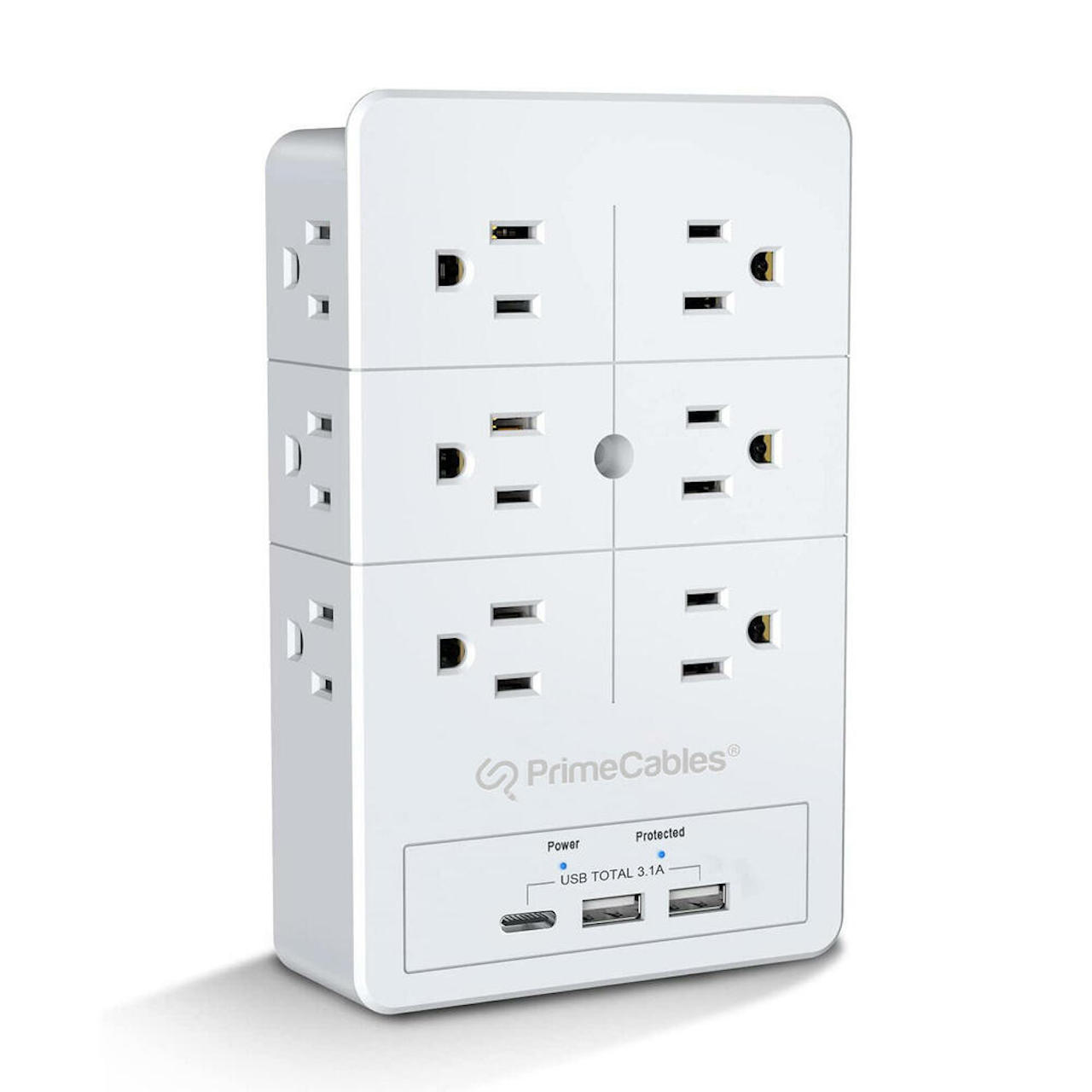
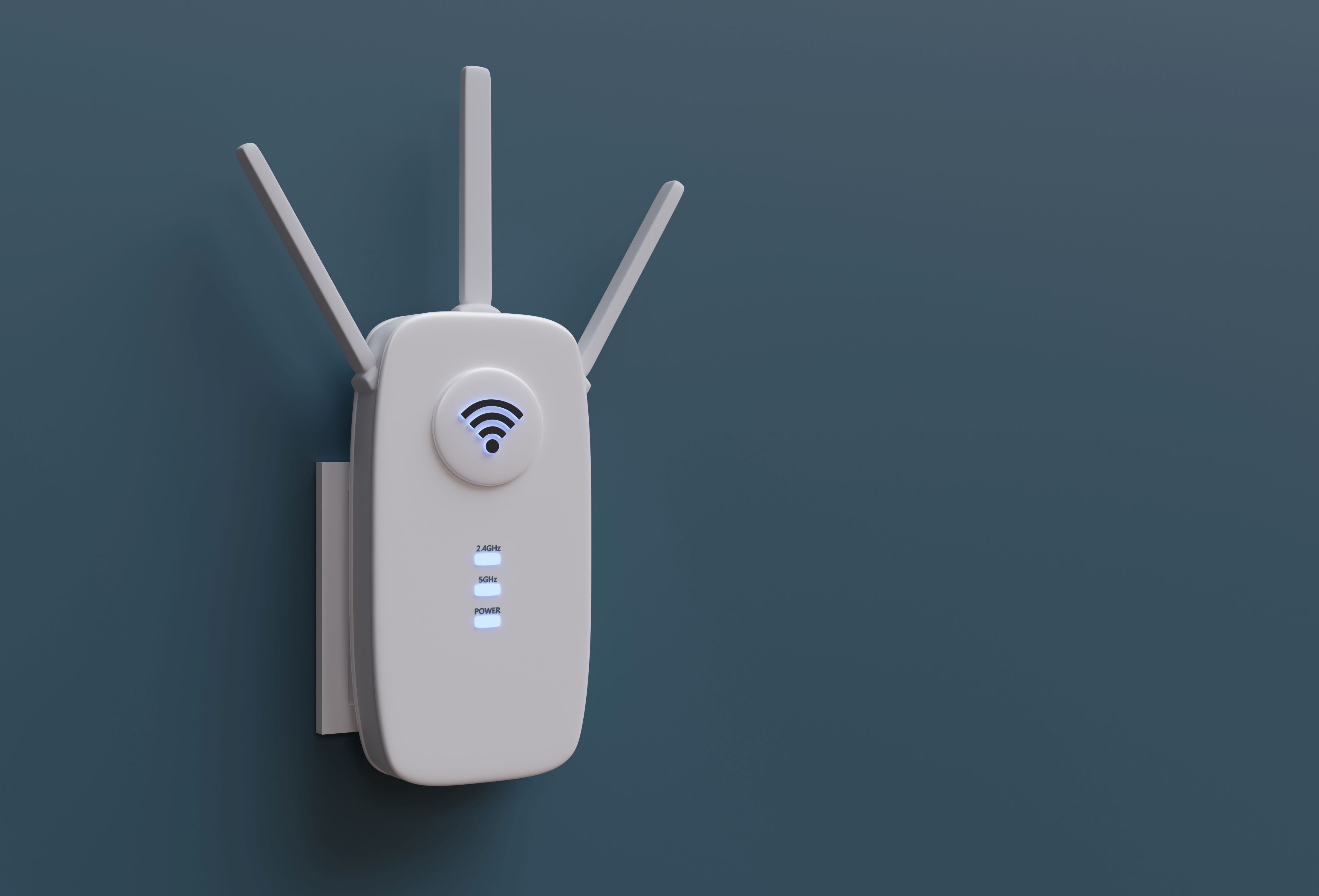
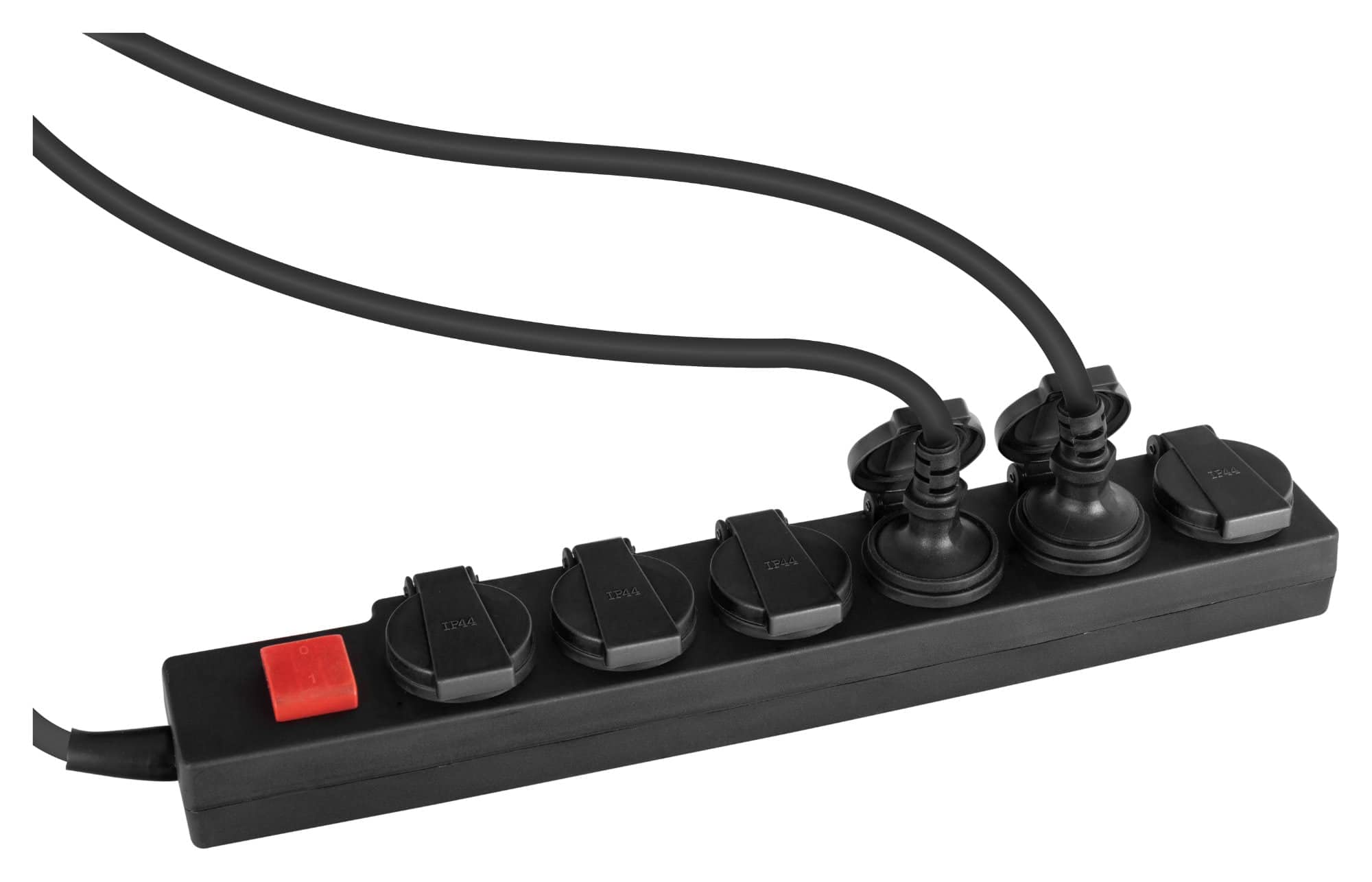
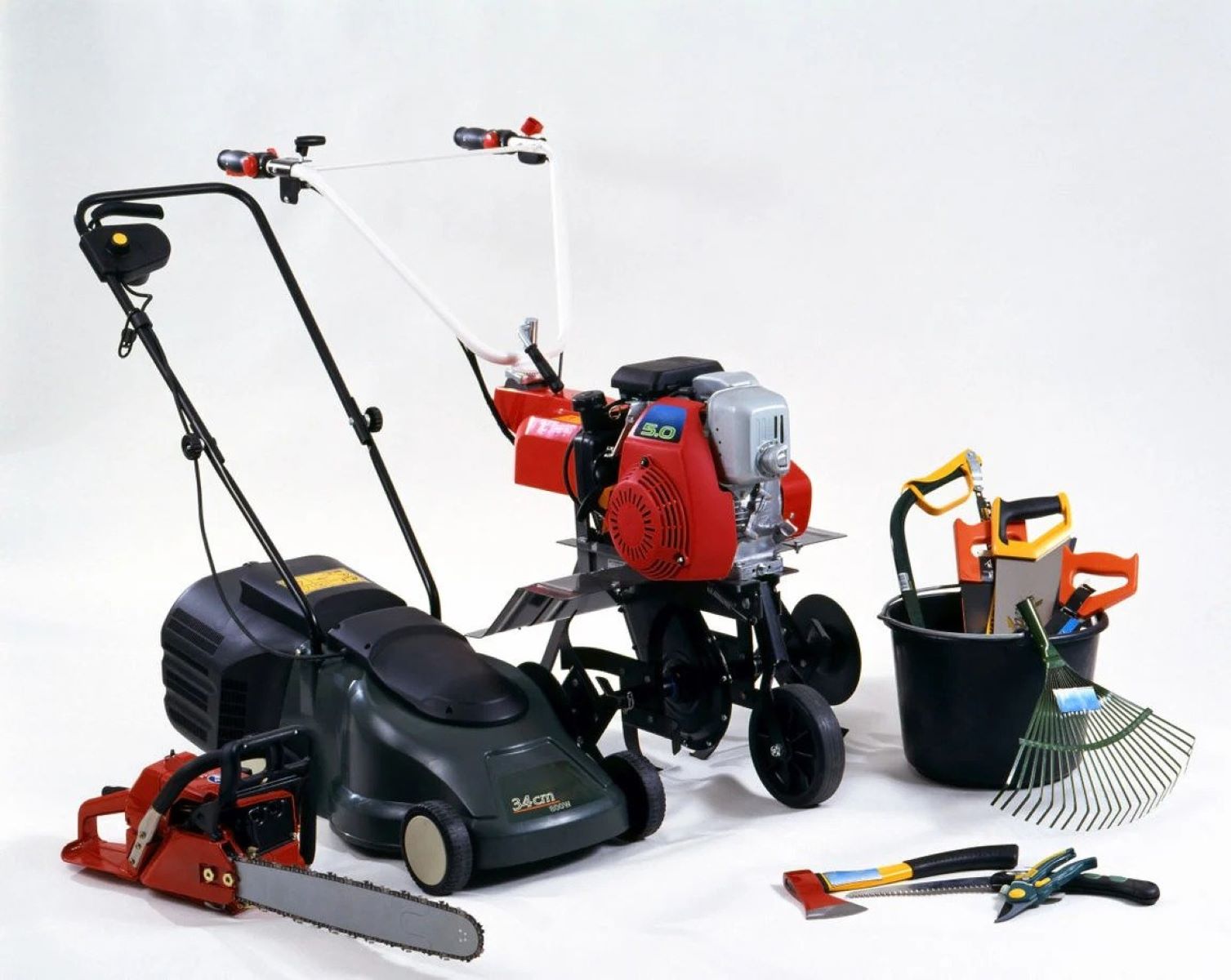

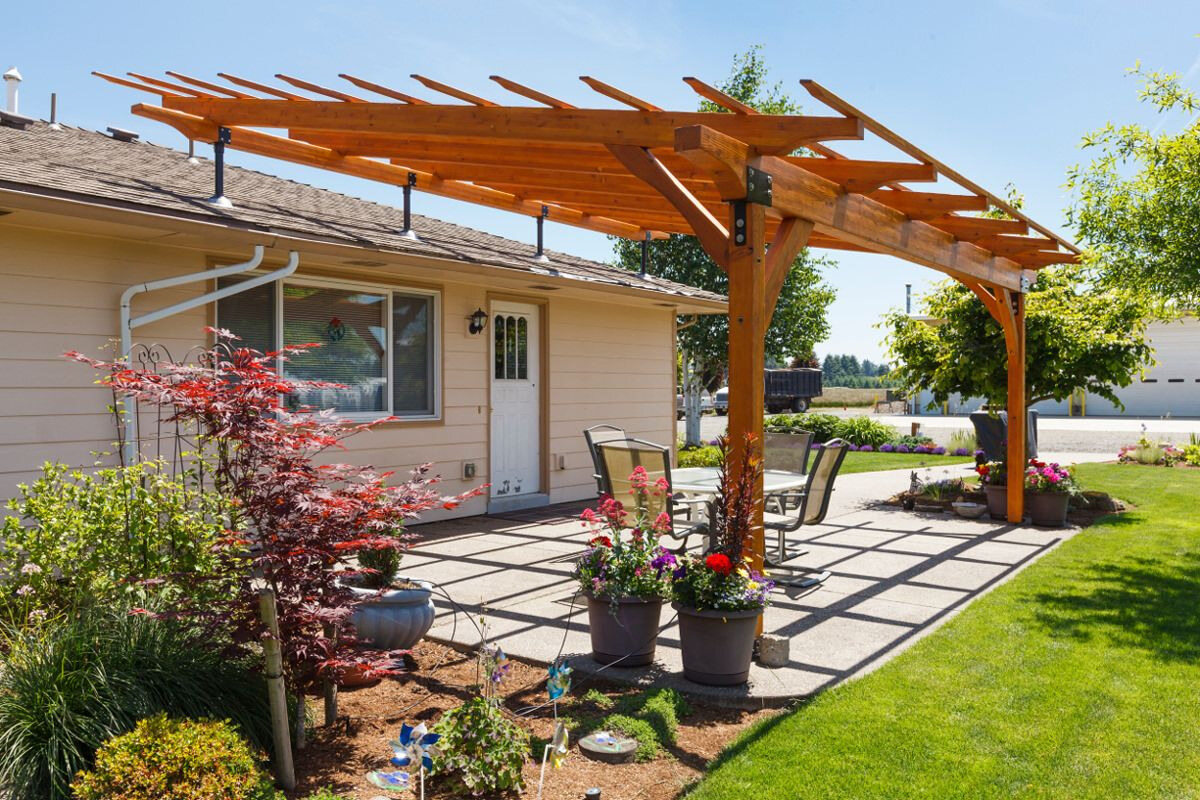
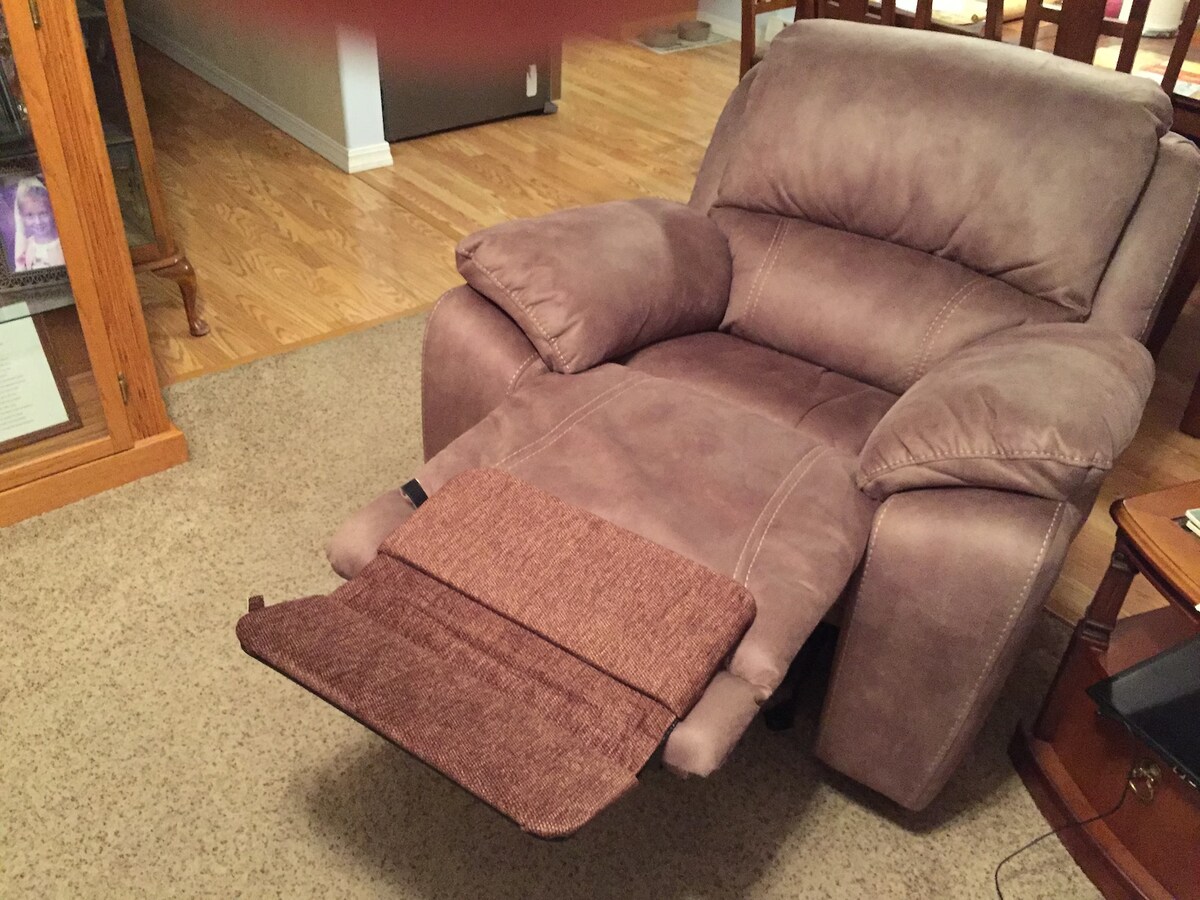
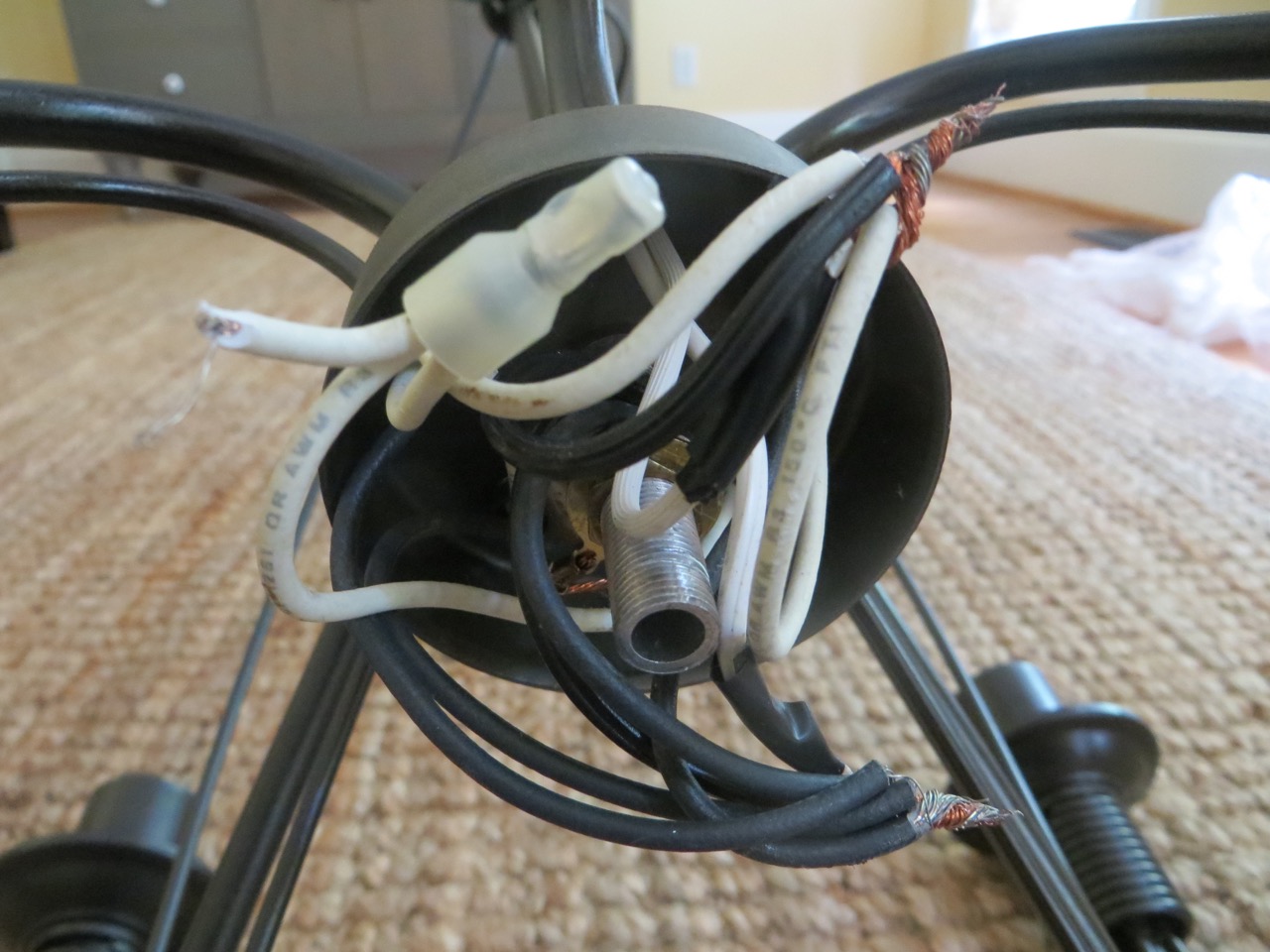

0 thoughts on “How To Extend Power Outdoors”